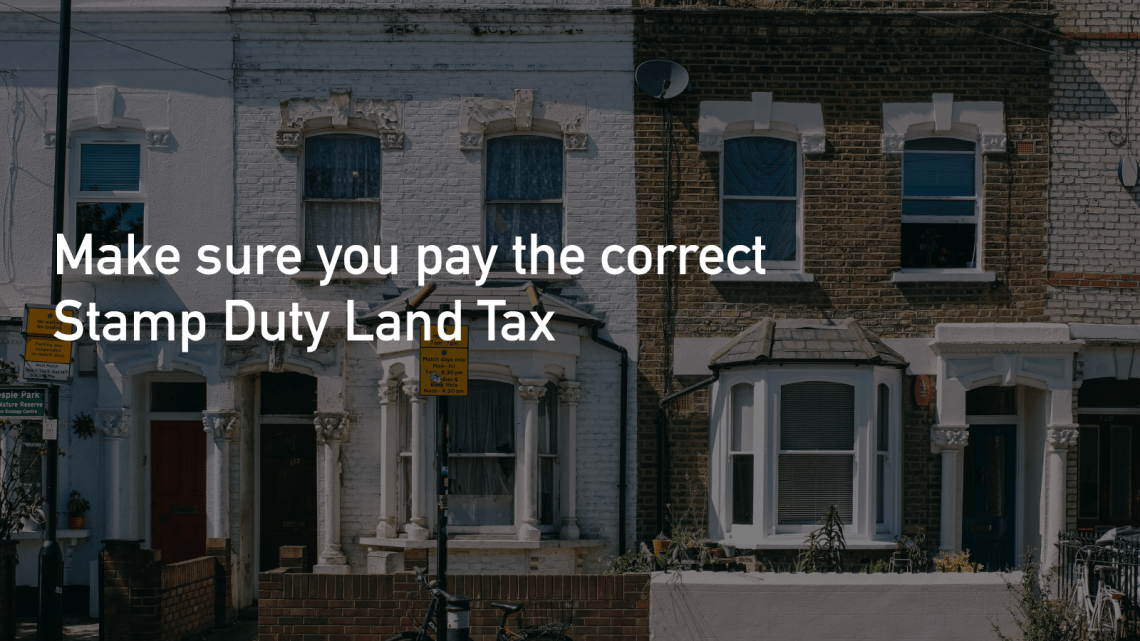
It has been a year since the increases in the Stamp Duty Land Tax (SDLT) thresholds for residential property took effect. As a result of these changes, buyers are able to purchase property at a higher value without being subject to SDLT charges.
A year on, this is an ideal opportunity to review what the current rules and exemptions are regarding purchases of UK residential property by UK resident individuals.
The changes were introduced as part of the Truss Government’s “Growth Plan” and included:
It was subsequently announced that these changes would remain in place until 31 March 2025.
Current Standard Residential Rates
| Property Value | Standard Residential Rates |
| £0 – £250,000 | 0% |
| £250,001 – £925,000 | 5% |
| £925,001 – £1,500,000 | 10% |
| £1,500,000 + | 12% |
Further information can be found below regarding higher rates on additional dwellings and some guidance on the multiple dwellings relief (MDR).
Higher Rates on Additional Dwellings
If you already own a property and you are considering purchasing additional properties, a 3% surcharge will apply for purchases of more than £40,000.
The surcharge does not apply to a replacement of a main residence but if the purchase of the new residence completes before the previous home has been sold the 3% surcharge will be payable. It can be claimed back providing the previous home is sold within 3 years.
When determining whether the 3% surcharge is payable or not, a married couple or civil partners are treated as one person. This can have unexpected consequences. For example, if one party owns the marital home and the other party then purchases a property never having owned one before, the 3% surcharge will still be payable. This wouldn’t be the case if the parties were simply co-habitees.
Inter-spouse transfers can also have unintended consequences. If you are gifted a property for no valuable consideration, where no money, assets, debt assumption, or service has been exchanged, you would be exempt from SDLT. However, if a property transferred between spouses is subject to a mortgage, the debt element will be treated as consideration and if this exceeds £40,000 the 3% surcharge will apply.
Multiple Dwellings Relief (MDR)
There is some good news when looking at specific reliefs. For instance, if a transaction, or a number of linked transactions, includes interests in more than one dwelling, MDR will be available. This works by taking the average price per property (combined price divided by the number of properties) and working out the SDLT using that figure, including the surcharge. This amount is then multiplied by the number of dwellings to give the total SDLT, which will generally work out cheaper overall.
If six or more dwellings are purchased in one, or a number of linked transactions, the purchaser has the option to apply the commercial rates of SDLT to the transaction. This may work out cheaper than the MDR calculation.
A house with an annex can qualify for MDR providing it meets certain criteria. The annex must be capable of operating as a separate dwelling for instance, if it is a self-contained (kitchen and bathroom) and with its own separate entrance. It does not have to be completely separate from the main house but there must be an element of privacy such as a lockable door between the two dwellings.
If the annex is considered to be a separate dwelling then the 3% surcharge would apply unless the “subsidiary dwelling test” applies. However, if the market value of the annex is below 1/3 of the total purchase price, it is considered “subsidiary” and the 3% surcharge does not apply.
Summary
SDLT is complex and it is easy to fall foul of the rules but there are some reliefs available, so it is recommended to seek advice before entering into a transaction.
If you would like to discuss your own specific circumstances, please reach out to Stevie Heafford.
We’d love to hear from you. To book an appointment or to find out more about our services: